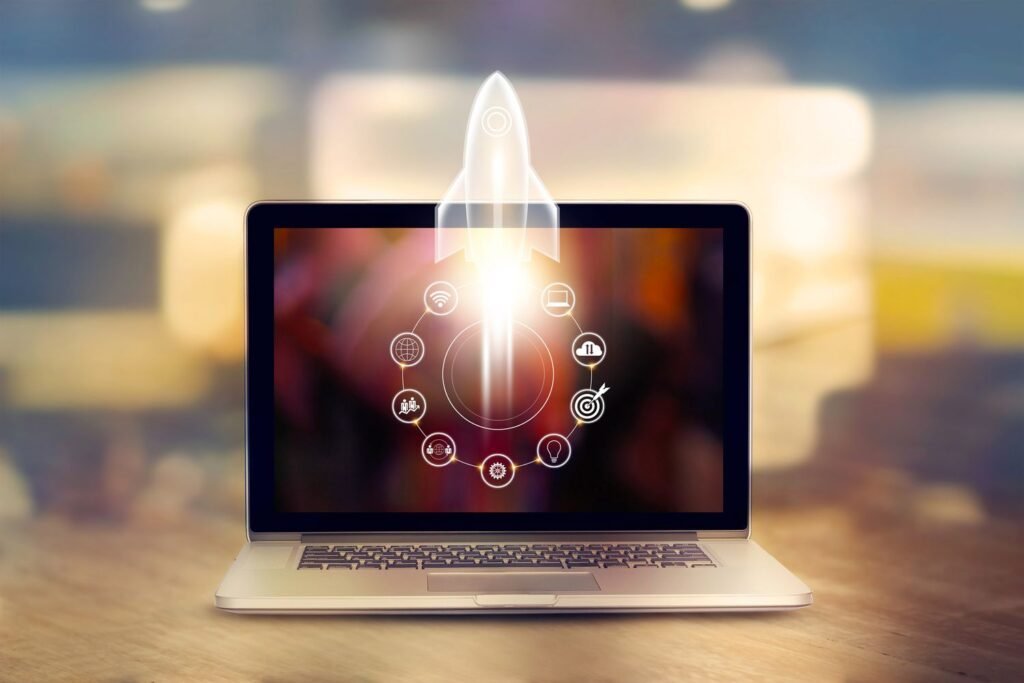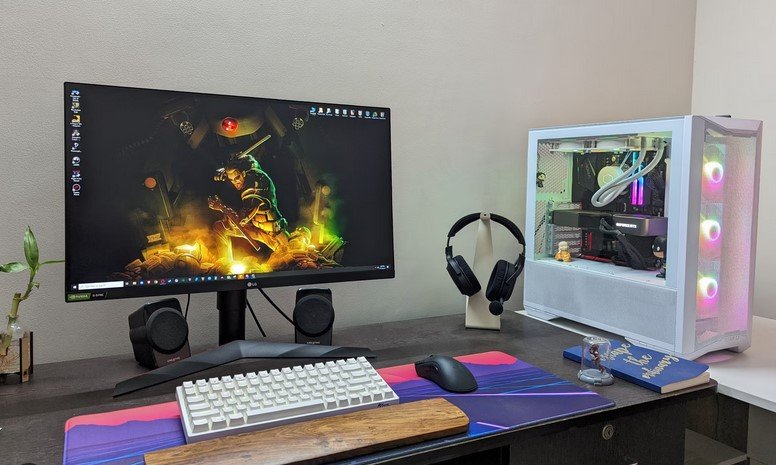If you’re tired of waiting for your computer to catch up with you, you’re not alone. A sluggish computer can be incredibly frustrating, whether you’re trying to work, play games, or just browse the web. Fortunately, there are several effective ways to speed up your computer and boost its performance. In this guide, we’ll walk you through various strategies to get your computer running like new again.

Start with Basic Maintenance
Before diving into more advanced techniques, it’s essential to perform some basic maintenance tasks. These initial steps are quick fixes that can have a significant impact on your computer’s speed.
Clear Temporary Files
Temporary files and cache can accumulate over time, slowing down your system. To clear them, open the Disk Cleanup tool on Windows or use the built-in cleanup options on Mac. Simply follow the prompts to remove unnecessary files and free up space.
Uninstall Unnecessary Programs
Having too many programs installed can bog down your system. Review your installed programs and remove those you no longer need. On Windows, you can do this through the Control Panel, while on Mac, drag unwanted apps to the Trash.
Optimize Your Startup Programs
Many programs are set to launch automatically when you start your computer. While some are essential, others might just be taking up valuable resources.
Manage Startup Programs on Windows
To manage startup programs on Windows, press Ctrl + Shift + Esc to open Task Manager, then go to the Startup tab. Here, you can disable programs that aren’t necessary to speed up your boot time.
Adjust Startup Items on Mac
On a Mac, go to System Preferences, select Users & Groups, and then click on Login Items. Uncheck the programs you don’t want to launch at startup. This will help your computer boot faster and perform better.
Upgrade Your Hardware
Sometimes, the solution to a slow computer is hardware-related. Upgrading specific components can provide a significant boost in performance.
Add More RAM
Increasing your computer’s RAM (Random Access Memory) can enhance its ability to handle multiple tasks simultaneously. If your computer often feels sluggish when running several programs, adding more RAM could be the answer.
Switch to an SSD
If your computer is still using a traditional hard drive, switching to a Solid-State Drive (SSD) can drastically improve performance. SSDs are faster and more reliable, reducing load times and speeding up file transfers.
Scan for Malware
Malware and viruses can severely impact your computer’s performance. Regularly scanning for malware and removing any threats is crucial for maintaining speed.
Use Antivirus Software
Ensure that your antivirus software is up to date and run regular scans. Many antivirus programs offer real-time protection that can prevent malware from slowing down your system in the first place.
Perform a Full System Scan
In addition to real-time protection, running a full system scan can help identify and remove any malicious software that might be affecting your computer’s speed.
Optimize System Settings
Adjusting your system settings can also improve performance. These tweaks are often simple but can make a noticeable difference.
Adjust Visual Effects on Windows
Windows offers various visual effects that can consume system resources. To adjust these settings, right-click on the desktop, select Personalize, then go to System Properties. Under Performance, click on Settings and choose “Adjust for best performance” to disable unnecessary effects.
Manage Energy Settings on Mac
On a Mac, go to System Preferences and select Energy Saver. Adjusting these settings to optimize performance rather than battery life can improve your computer’s speed.
Conclusion
Speeding up your computer involves a mix of routine maintenance, hardware upgrades, and system optimizations. By starting with basic tasks like clearing temporary files and managing startup programs, and then moving on to more involved solutions like upgrading hardware or scanning for malware, you can significantly enhance your computer’s performance. Remember, a well-maintained computer not only works faster but also provides a better overall experience. With these strategies, you’ll be back to a speedy, efficient system in no time.










